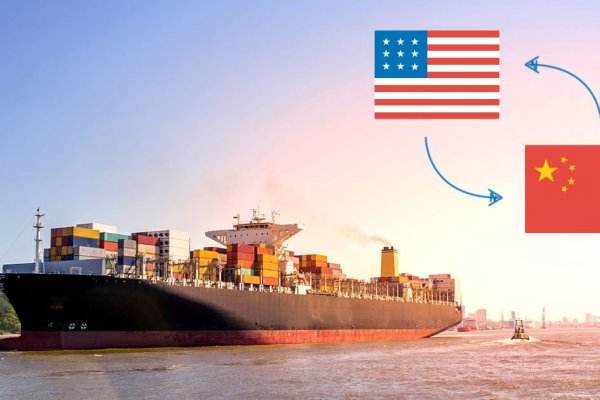Mitigating Risk in unprecedented times
Mitigating Risk in unprecedented times We are constantly bombarded with messages about how important taking risks is in life and in business – and...

Following all the recent headlines regarding tariffs and trade talks between the US and China I figured that the topic deserved some air time in the context of supply chain management and procurement in general. The instability of the US, and Chinese relations of late coupled with the fiasco that is Brexit has certainly encouraged many discussions around the best possible risk mitigation strategies.
Before we discuss actions to be taken it is important to focus on risk assessment itself. It is important for a CPO to remain abreast of international developments that may have an impact on one or more active sourcing arrangements. Monitoring news headlines is helpful but often in today's climate, we are faced with many soundbites, and a lot of speculation, but a lack of hard facts.
We must do our best to fact-check data, and where genuine risks do appear to exist, we should run forecast simulations leveraging upon predictive financial modeling. Once relevant information has been extrapolated it is essential to build that data into future operating run rates. Planning for the worst is typically the best course of action.
With the facts fully investigated and the best possible appraisal of the risks made the best way to protect corporate interests is to split up sourcing channels, hedging risks between disparate locations and services providers. As an organization, you may decide that you are willing to send only 10% of manufacturing requests for semiconductors to China vs Europe, based on the high degree of risk represented. In these challenging times, it is important to define a risk ratio that you are comfortable with and define a set of corporate guidelines.
It is of further importance to support your findings and strategy with the right data and software platform to execute it. Here at RobobAI we understand procurement data and we provide “best in class’ spend analytics solutions tailored to our customer's needs. Why not reach out and Get the Demo today to see what our platform can do to enhance your business?

Mitigating Risk in unprecedented times We are constantly bombarded with messages about how important taking risks is in life and in business – and...
-2.png)
Julian Harris, CEO of RobobAI, discusses supply risk management, AI in procurement, and his entrepreneurial journey on the CEO Wisdom Podcast.

Making decisions is an important part of leadership. But being decisive is an art. These tech leaders have mastered it.